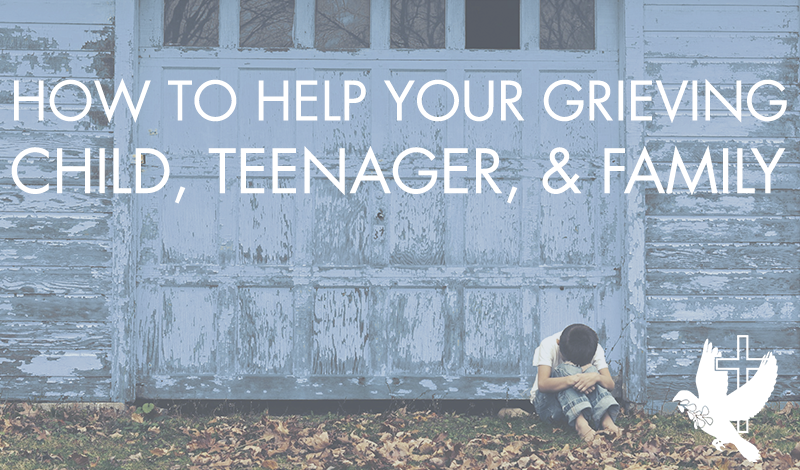
How to Help Your Grieving Children, Teens, and Families
By Lisa Mottola Ernst, MSW, LCSW
In working with grieving children, teens and families, I get many questions concerning children and their ability to grieve.
Before answering these questions, it is important to note that children grieve differently than adults. For them, the loss of a parent, sister, brother, grandparent, friend or classmate brings both sadness and confusion. Given a child’s ability to love deeply, that child in turn grieves deeply as well. These grieving children need special care. Developmentally, it is important for children and teens to attend social functions and receive that peer support after a loved one has died. Many of these emotions are often displayed initially as anger and are not always clearly linked to the death. A change in their behavior related to their sleep routine, withdrawing from friendships or changes in grades are other examples that your child is grieving.
During these times, please be open to their questions and the variety of feelings they are experiencing during this difficult time. Model for them that it is okay to cry. Be a consistent listening ear for grieving youth. As a parent, teacher or adult in the life of a grieving child, you may want to offer some outlets for that child or teen to express themselves. Teens and children are in need of tangible outlets to process their emotions. You might consider the following activities for your child to help them move forward in their grief journey.
- Create Memory CD or Playlist – Music is a universal language that has healing for any age. As a family, you may each have a song that reminds you of your loved one. Or perhaps, there is a song that helps provide peace and comfort to yourself.
- Candle projects – Decorate a standard white candle using candle wax colored pens. The light from the candle often symbolizes hope in these dark times. Once the candle is lit, family members can take turns sharing stories of their loved one or praying. The candle may also be displayed at the holidays to honor that person, whose physical presence is gone.
- “Get Active”- Children and teenagers may have overwhelming feelings of sadness and anger that need to be expressed physically through running, jumping, riding a bike, punching a pillow, yoga and/or deep breathing.
Everybody grieves differently in their own way and pace. Children and teens are no exception to this. The above activities can be used as tools and outlets for youth to begin to tell their story. It is important to be patient, be present, and be loving as we witness their healing process.



